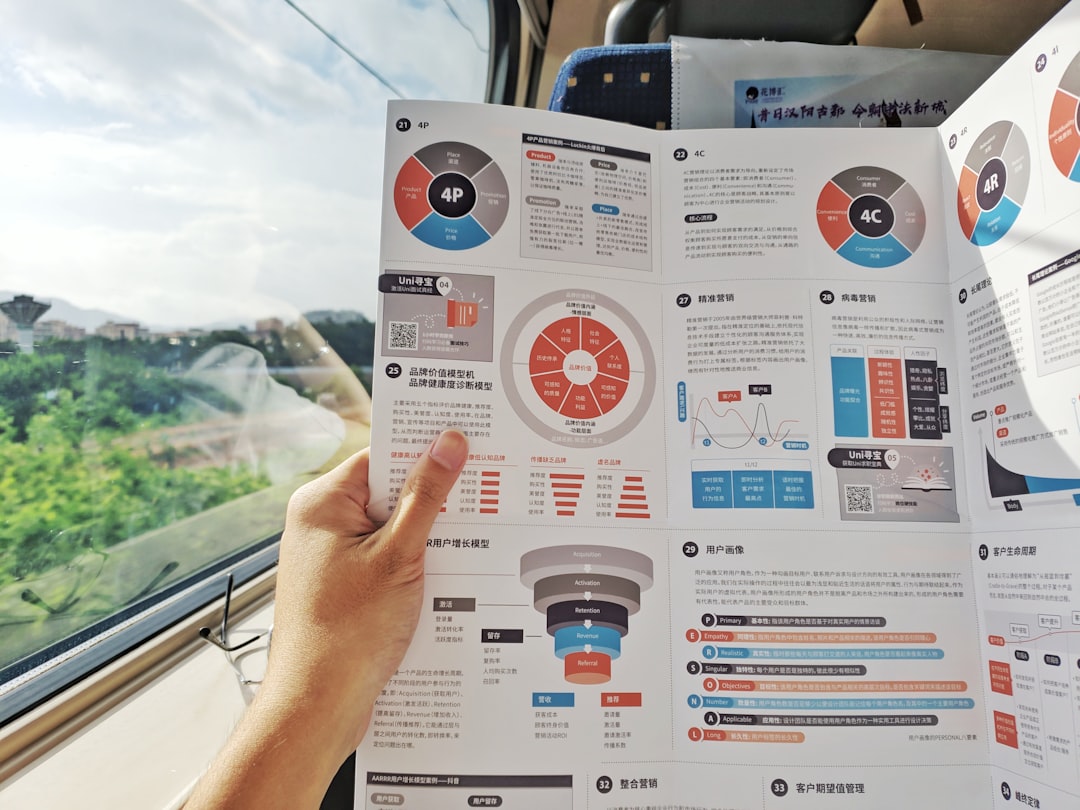What is it about?
Some parts of the economic analysis of terrorism refer to terrorism as having a price, just like a consumer good. This allows some of the standard theory of consumer choice to be applied in a terrorism context. For example, Frey and Luechinger (2003) speak of increasing the 'price' of terrorism and Anderton and Carter (2005) apply the Slutsky equation from consumer choice in a more technical but analogous manner. What 'price' may mean in the terrorism context is delineated more formally in this paper.
Featured Image

Photo by Miguel A Amutio on Unsplash
Why is it important?
Working out precisely what might be meant by the 'price of terrorism' is a precondition for the application of certain types of economic theory in the terrorism context. Although some analytical steps may be accepted as valid on the surface, it is somewhat hazardous to proceed with the analogy between terrorist choice and consumer choice without rigorous foundations.
Perspectives
This was my first published paper in the field of terrorism studies. It deals, more or less, with an analytical and methodological problem but it does manage to generate some conclusions that might have broader appeal. If I were to define a price for terrorism now, I would be inclined to define it as the 'market price of risk' in the terrorism context: the ratio of the expected payoff to the variability of payoffs. In light of my later work, this would be the ratio of average inflicted fatalities to the standard deviation of those fatalities. Each action that the terrorist may choose has a price so defined.
Dr Peter J Phillips
University of Southern Queensland
Read the Original
This page is a summary of: THE ‘PRICE’ OF TERRORISM, Defence and Peace Economics, January 2005, Taylor & Francis,
DOI: 10.1080/10242690500115931.
You can read the full text:
Contributors
The following have contributed to this page










